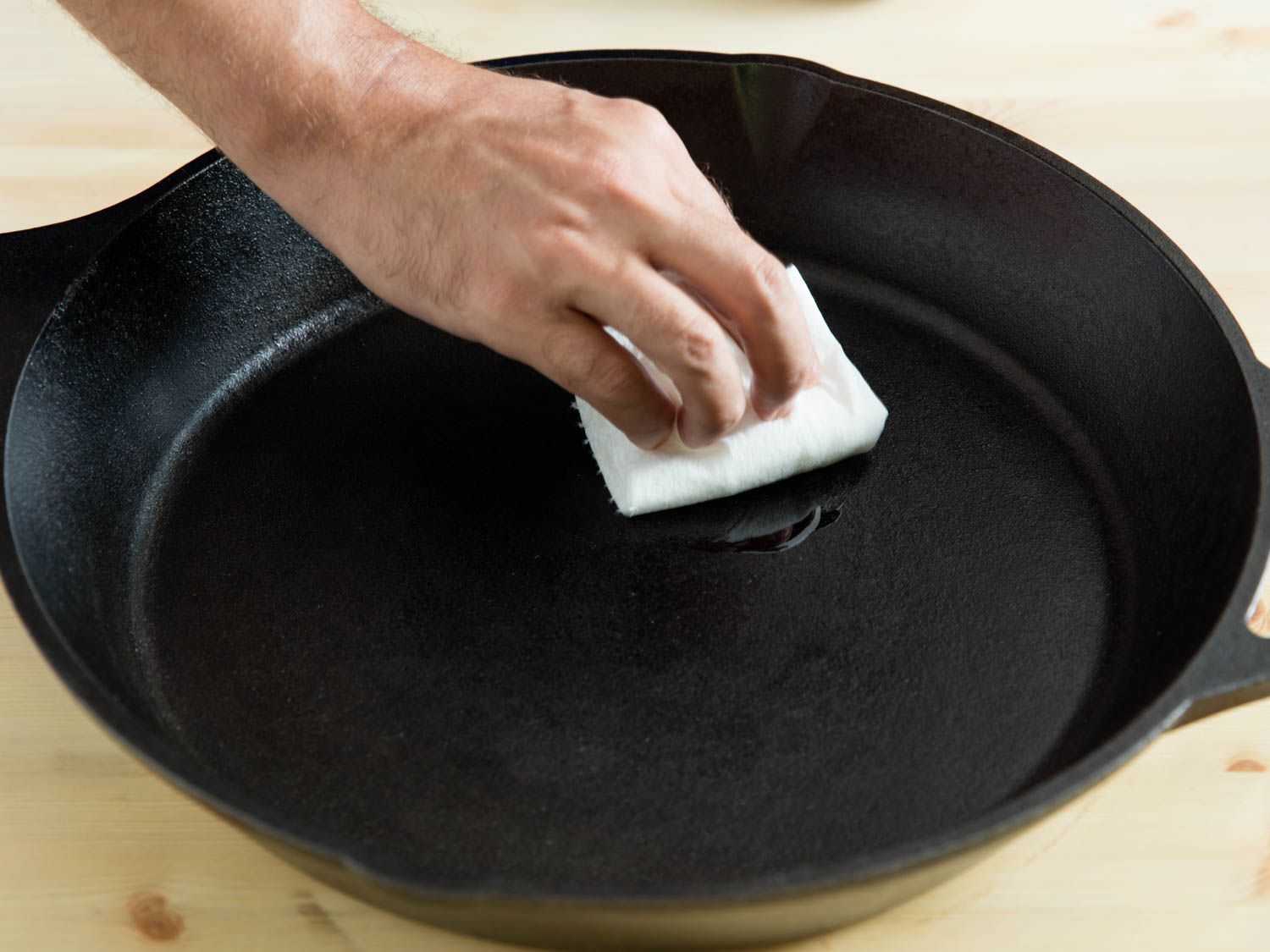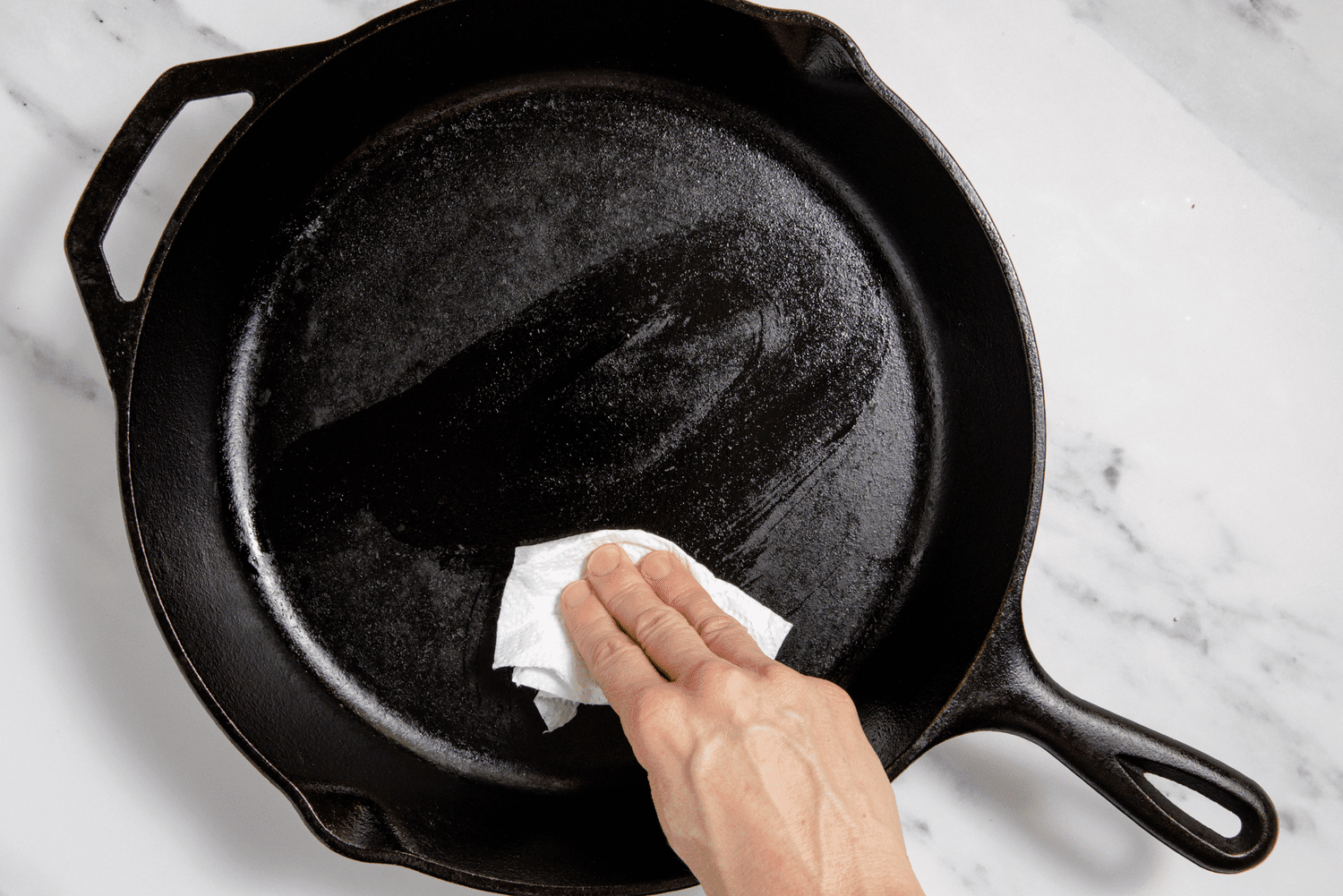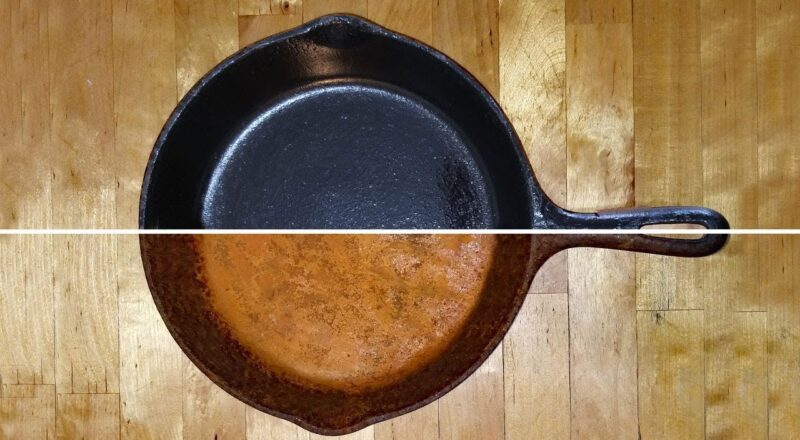For those who love to cook, cast iron cookware is often a beloved kitchen staple. It’s not only durable but also provides a terrific cooking experience when adequately seasoned. In this article, we will provide you with big tips and guidelines to help you tell if your cast iron is properly seasoned.
:max_bytes(150000):strip_icc()/How-to-Season-Cast-Iron-Skillet-3x2-1-bcd280f1703e47e0a59bb62e86a0d53a.png?keyword=how to tell if cast iron is seasoned)
What Does It Mean for Cast Iron to Be Seasoned?
Seasoning is the technique of treating the surface of your cast iron pan with oil, which is then heated to a high temperature. This creates a non-stick layer that makes cooking more delightful and easier over time.

Why Is Seasoning Important?
Proper seasoning ensures that your cast iron cookware remains non-stick, rust-resistant, and surprisingly improves its longevity. This makes your cooking experience more enjoyable while promoting health-conscious cooking.
Signs That Your Cast Iron is Properly Seasoned
Knowing the signs of proper seasoning can save you from cooking disasters and prolong the life of your cookware. Look for these characteristics:
- Shiny, black surface: A well-seasoned pan has a glossy, black surface.
- Smooth to the touch: Run your fingers over the pan; it should feel smooth, not sticky or rough.
- Non-stick abilities: Food should easily release from the pan with minimal sticking.

Inspecting Your Cast Iron: Step-by-Step Guide
Follow these steps to determine if your cast iron cookware is adequately seasoned.
Step 1: Visual Inspection
Examine the surface for a uniform, shiny black color. Any dull or rusted areas indicate that reseasoning is necessary.
Step 2: Touch Test
Run your fingers over the surface. If it feels sticky, it needs more seasoning. A smooth texture signifies proper seasoning.
Step 3: Cooking Test
Cook an egg in the pan to test its non-stick abilities. If it sticks, it’s time for reseasoning.

Maintaining Your Seasoned Cast Iron
Proper care and maintenance can keep your cast iron in excellent condition.
Cleaning Your Cast Iron
After each use, clean your cast iron with minimal soap and water. Avoid soaking it in water to prevent rust. Consider reapplying a thin layer of oil after each cleaning.
Reseasoning Tips
- Heat your oven to 350F and apply a thin layer of vegetable oil to the cast iron.
- Place the cast iron upside down in the oven for an hour.
- Allow it to cool before storing.
For detailed steps on reseasoning, you can visit Reseason Cast Iron.
Common Myths About Cast Iron
Let’s clear up some common misconceptions:
- Myth: You can’t use soap on cast iron. Truth: A little soap is okay, as long as you reseason the pan afterward.
- Myth: Cast iron heats unevenly. Truth: When adequately preheated, cast iron offers consistent heat distribution.
FAQ
How often should I reseason my cast iron?
Reseason your cast iron whenever you notice food sticking or when the surface appears dull.
Can I ruin my cast iron by overheating?
While cast iron is durable, excessively high temperatures can damage the seasoning. Always monitor the heat while cooking.
Is cast iron safe for acidic foods?
Yes, but avoid prolonged cooking of acidic foods as they can strip the seasoning over time. For more cooking tips, visit Cook Roast in Cast Iron.
For more interesting recipes and tips, you can visit some external resources like Skillet Recipes.
As an Amazon Associate, I earn from qualifying purchases.

